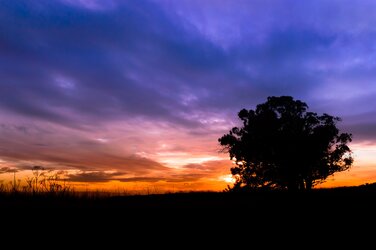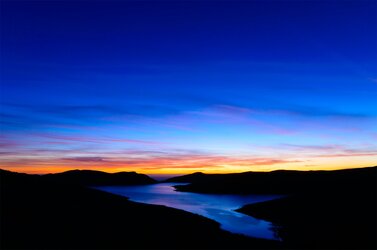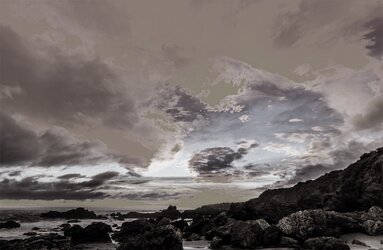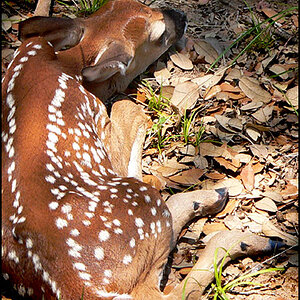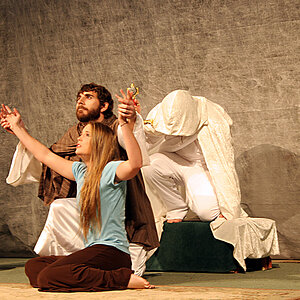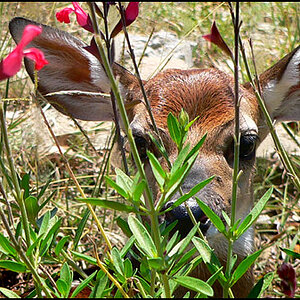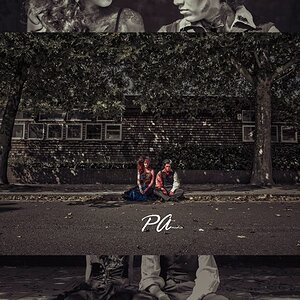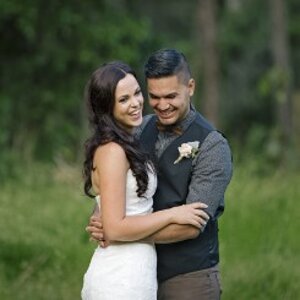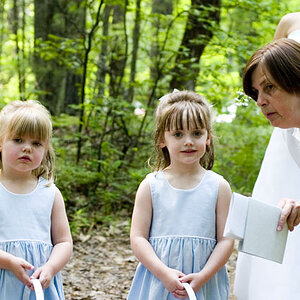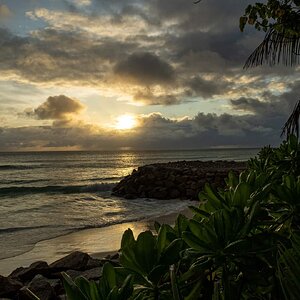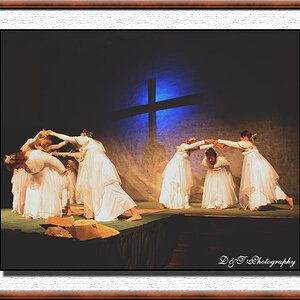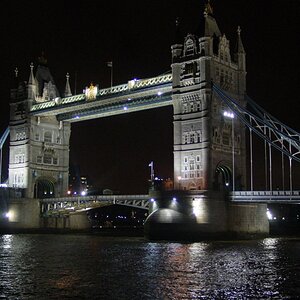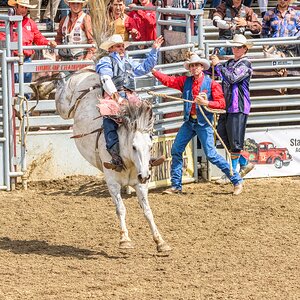essentials
TPF Noob!
- Joined
- Jan 6, 2013
- Messages
- 23
- Reaction score
- 1
- Location
- California
- Website
- www.element.gs
- Can others edit my Photos
- Photos NOT OK to edit
I'm really starting to get frustrated. I feel like I'm missing something. I made a post about this last week but I think it was too long for some people so I will keep this one short.
What am I missing that is preventing my photos from looking "professional", in terms of quality? I feel like such an amateur attempting to be a professional, pouring thousands into something and nothing is happening. I'm aiming for that SOOC professional quality. Something I can be proud of.
I have my photos for display here: 500px / John Gannon / Photos
So far I believe one of my killers has been a focus issue which I just can't seem to resolve... I feel that not one picture I have taken over the past 4 months has been sharp enough and I just feel like I'm spinning my wheels, wasting time, until I get that resolved.
I really just want to get this straight...
Your help is appreciated.
What am I missing that is preventing my photos from looking "professional", in terms of quality? I feel like such an amateur attempting to be a professional, pouring thousands into something and nothing is happening. I'm aiming for that SOOC professional quality. Something I can be proud of.
I have my photos for display here: 500px / John Gannon / Photos
So far I believe one of my killers has been a focus issue which I just can't seem to resolve... I feel that not one picture I have taken over the past 4 months has been sharp enough and I just feel like I'm spinning my wheels, wasting time, until I get that resolved.
I really just want to get this straight...
Your help is appreciated.



